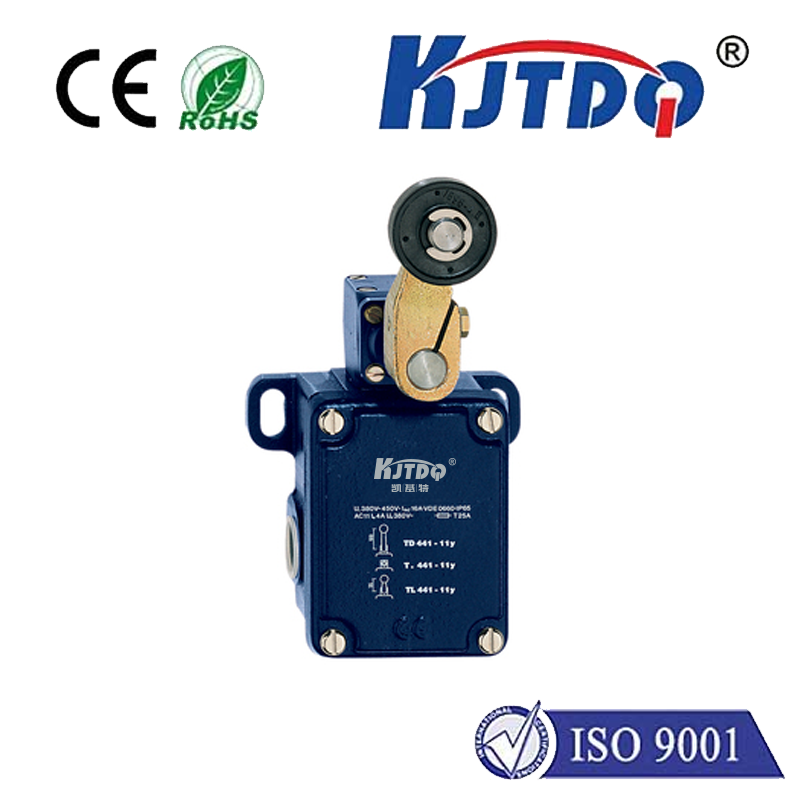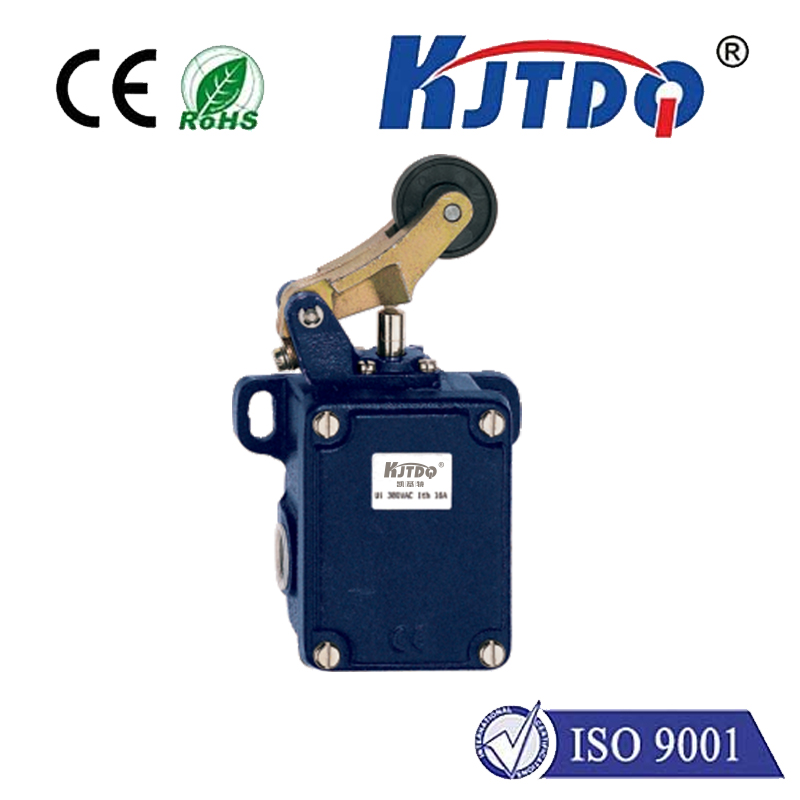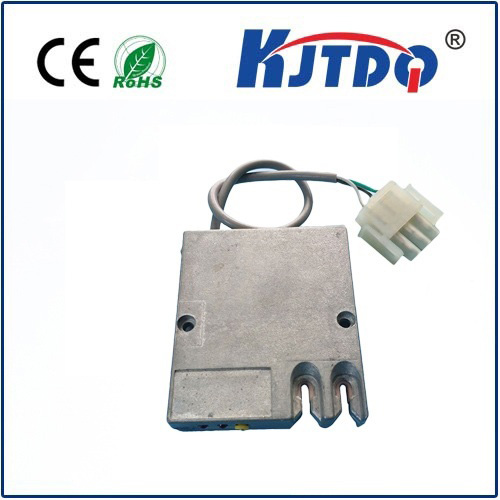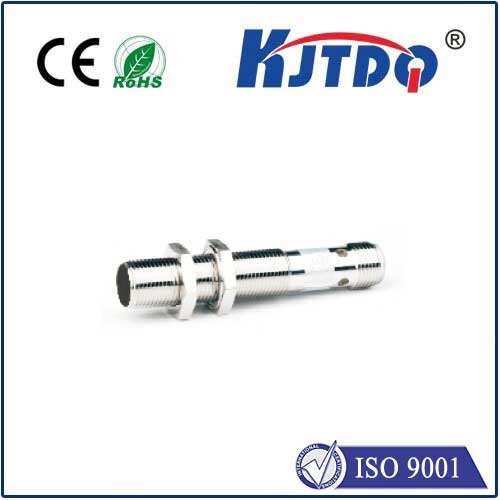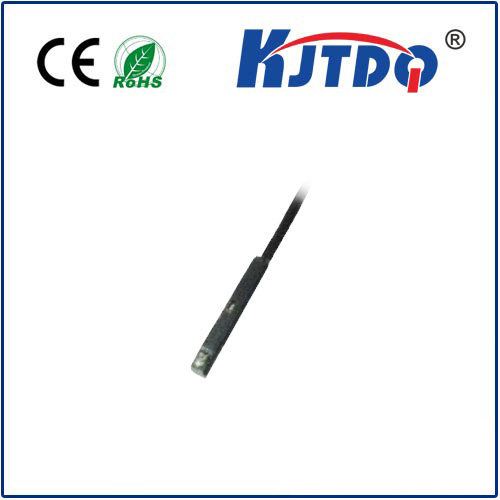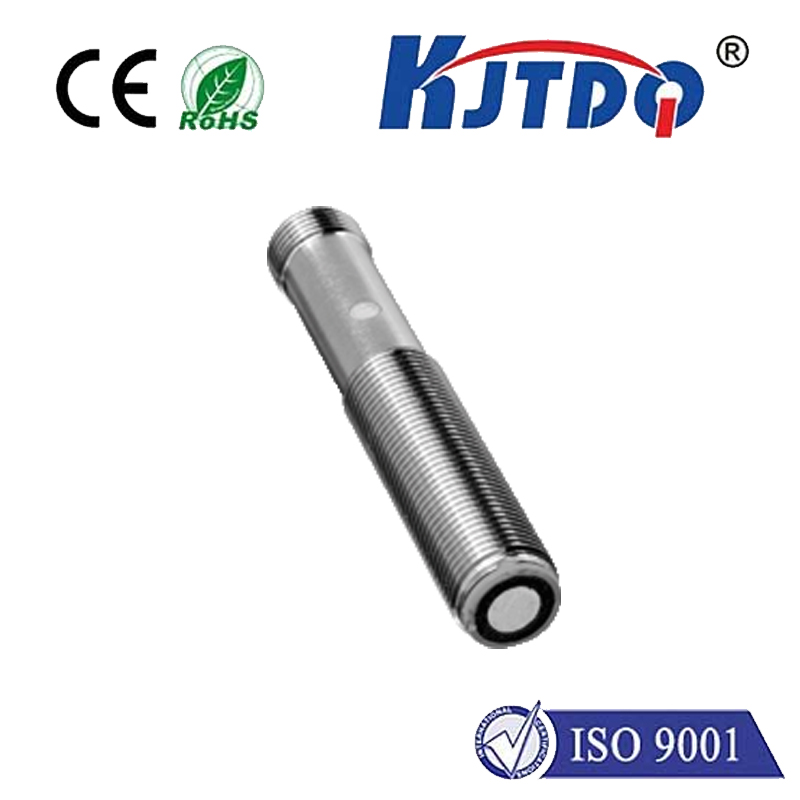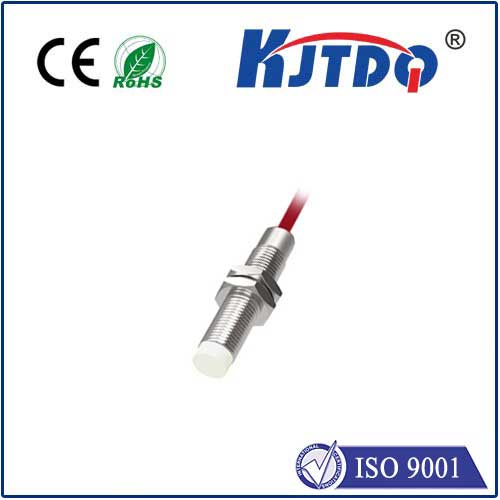
check

check

check

check
In recent years, automotive proximity sensors have emerged as a game-changer in road safety. These small yet powerful devices are integrated into various components of modern cars, from brakes and steering systems to alarms and entertainment systems. In this article, we will explore the science behind proximity sensors, their benefits to drivers and passengers, and the diverse applications they offer in the automotive industry.
Proximity Sensors: The Basics
A proximity sensor is a type of electrical sensor that detects the presence or absence of an object at a specified distance. These sensors use infrared (IR) or ultrasonic technology to send out beams of radiation or sound waves and measure their reflection or refraction. When an object comes into contact with the sensor's beam, it disrupts the reflection pattern, triggering an alarm or changing the behavior of the system.
The principle behind IR proximity sensors is based on the fact that certain objects emit unique wavelengths of light that can be detected by an IR sensor. By comparing the reflected light with the reference wavelength, the sensor can determine the distance to the object. Similarly, ultrasonic sensors use high-frequency sound waves to measure distances by bouncing off obstacles and measuring the time it takes for the sound to bounce back.
Benefits and Applications of Proximity Sensors in Automotive Industry
The integration of proximity sensors into automotive systems has several advantages over traditional methods of sensing and controlling vehicles. Some of the key benefits include:
1. Improved Safety: Proximity sensors help prevent accidents by alerting drivers to potential hazards such as pedestrians, other vehicles, or objects in their path. For example, when a driver approaches a pedestrian crossing equipped with an IR sensor, the vehicle's brake system automatically applies pressure to prevent a collision. Similarly, parking assist systems use ultrasonic sensors to detect objects within a certain range and guide the car into a tight space without damage to the surrounding area.
2. Enhanced Convenience: Proximity sensors enable users to interact with their vehicles in new ways, making driving more comfortable and enjoyable. For instance, many modern cars come with automatic climate control and seat adjustment systems that adjust settings based on the presence or absence of occupants. Additionally, some infotainment systems use sensors to detect when a passenger enters or exits the vehicle and adjust screen brightness and volume accordingly.
3. Increased Energy Efficiency: Proximity sensors help reduce energy consumption by optimizing vehicle performance in real-time. For example, by monitoring engine speed and temperature using ultrasonic sensors, an onboard control unit can adjust fuel injection timing and compression ratio to maintain optimal efficiency during acceleration, coasting, or braking. This not only saves money on fuel costs but also reduces emissions and improves air quality.
4. Remote Monitoring and Maintenance: Proximity sensors can provide valuable information about vehicle health and condition by monitoring key parameters such as tire pressure, oil level, or coolant temperature. With remote access capabilities through mobile apps or cloud-based platforms, maintenance technicians can quickly identify issues and perform repairs before they become serious problems.
Conclusion
In conclusion, automotive proximity sensors are a vital component of modern transportation systems that help ensure safety, convenience, and efficiency for drivers and passengers alike. As technology continues to advance, we can expect to see even more innovative applications of these devices in various industries beyond the realm of automobiles.
